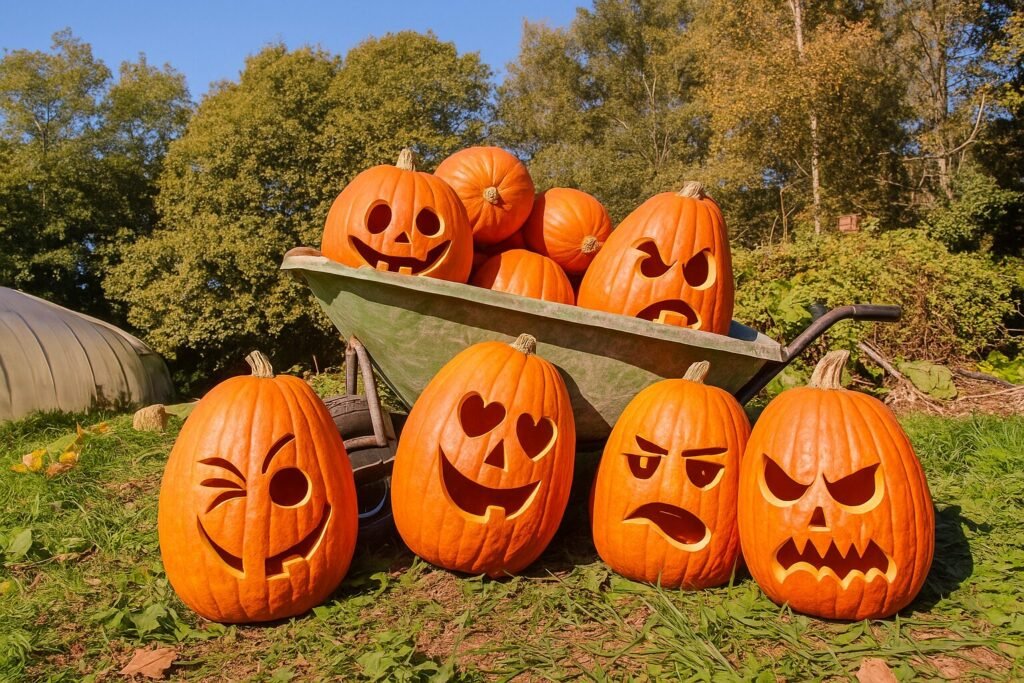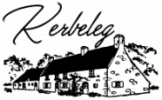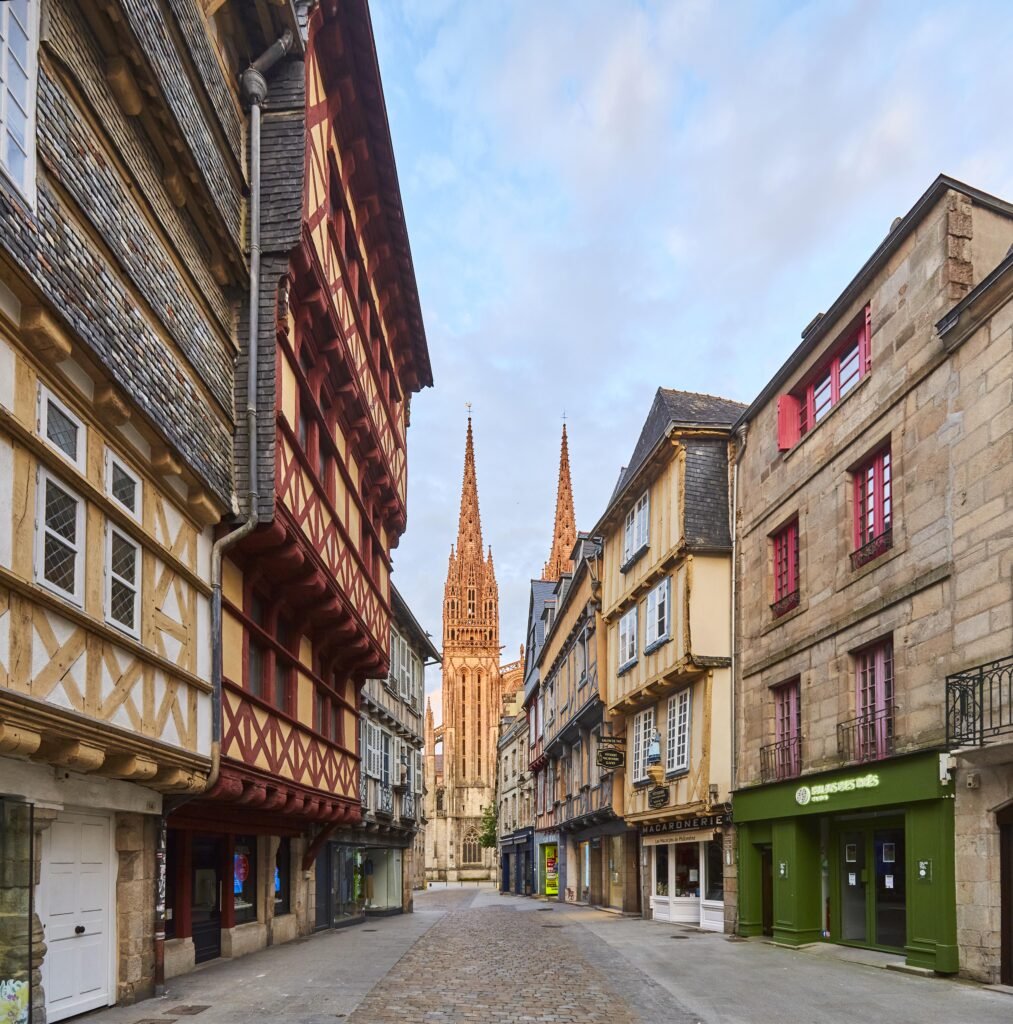With its Celtic roots and modern pumpkins, Halloween has its roots in the heart of ancient Europe. In Brittany, it still has echoes of a world where nature, the ancestors and light all played their part. Here’s the story of a night unlike any other.
Samain: the Celtic festival of passage
Long before fancy dress and sweets, there was Samain.
For the ancient Celts, this great festival marked the end of summer and the beginning of the dark season. It was celebrated in Ireland, Scotland, Wales and Brittany between late October and early November.
For these peoples with deep ties to the land, Samain was not a festival of the dead, but a time of passage.
The boundary between the world of the living and that of the spirits became thinner. Ancestors were honoured, harvests were completed, and new fires were lit to protect homes.
It was a celebration of the continuity of the world, a moment of silence and respect, when the community gathered around the light.
Kalan Goañv: the Breton Samain
In Brittany, the same festival went by another name: Kalan Goañv, the winter calendars.
This ancient word literally means “the beginning of winter”.
The Bretons were entering the dark months, when nature withdraws to regenerate itself.
The rituals were simple but full of meaning.
Food was laid out for the souls of the dead – the Boued an Anaon.
Fires were lit on high ground to ward off evil spirits.
And in some parishes, children would dig lanterns out of turnips or beetroot to guide wandering souls.
These flickering lights, placed along paths or near cemeteries, were a precursor of the Halloween pumpkins we know today.
From Europe to America: the metamorphosis of a festival
In the 19th century, thousands of Irish and Scots left their homelands for America.
With them, they took their tales, their customs… and their Samain festival.
But there, turnips were scarce. The settlers discovered a local fruit, orange, supple and bright: the pumpkin.
It replaced the turnip and gave the festival a new, more spectacular face.
The name changed too: All Hallows’ Eve became Halloween.
From a pagan rite, the festival gradually became a popular celebration, a mixture of superstition, conviviality and creativity.
Children replaced the druids, sweets took the place of offerings, but the spirit of the passage remained.
Back to basics in Brittany
In recent years, Brittany has been rediscovering the depths of its own tradition.
Here, Halloween is not seen as a foreign import, but as the return of an ancient memory.
In some villages, lantern-lit evenings, autumn markets and night-time walks are organised.
Kalan Goañv is evoked, the legends of the Anaon are told, and symbolic fires are lit in courtyards and gardens.
It’s a way of giving new meaning to the festival: honouring ancestors, celebrating nature, welcoming winter.
Celebrating Halloween the Breton way
If you want to revive this tradition, there’s no need for extravagant costumes.
A simple fire, a lantern dug from a vegetable garden, and a thought for those who have passed away are all you need to recreate the magic of Samain.
Here are a few simple ideas:
- Light a candle at dusk to mark the transition from light to night.
- Observe the wind: its direction at midnight used to foretell the winter weather.
- Share a buckwheat pancake or a seasonal dish as a symbolic offering.
- Hanging up wishes for the coming year on a tree in the garden, as we used to do in the olden days.
The essential thing is not the decoration, but the intention to connect with the earth, the seasons and the memory.
Halloween and Samain: two faces of the same light
Halloween hasn’t replaced Samain: she’s its mixed daughter, carried along by centuries, migrations and cultures.
The first amuses, the second teaches. Together, they remind us that every ending contains a new beginning, that night prepares the way for light.
In Brittany, this message has a special resonance.
Here, festivals are never dead: they change shape, like the sea changes colour.



